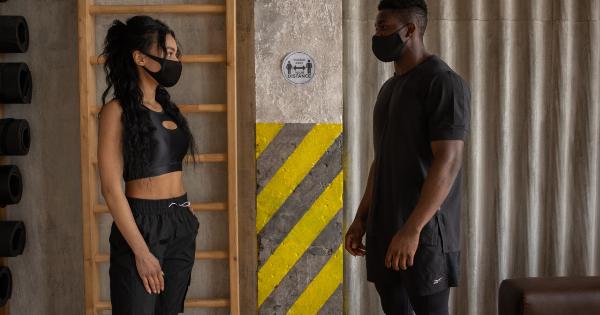Migraines are a chronic neurological disorder that affects millions of people worldwide. It is characterized by severe headaches, nausea, vomiting, and increased sensitivity to light and sound.
Migraines can last for hours, sometimes even days, and can interfere with a person’s daily life.
Triggers of Migraines
Migraines can be triggered by a variety of factors. Some of the most common triggers include:.
1. Stress
Stress is a well-known trigger for migraines. When a person is under stress, their body releases chemicals that can cause blood vessels in the brain to expand and contract, leading to migraines.
Reducing stress through exercise, yoga, and meditation may help prevent migraines.
2. Hormonal changes
Changes in hormone levels, such as those that occur during a woman’s menstrual cycle, can trigger migraines. Hormonal therapy or contraceptives may help regulate a woman’s hormones and reduce the frequency of migraines.
3. Foods
Some foods can trigger migraines in certain individuals. Common trigger foods include alcohol, aged cheese, chocolate, caffeine, and processed meats. Keeping a food diary may help identify trigger foods and prevent migraines.
4. Environmental factors
Environmental factors such as bright lights, loud noises, and strong odors can trigger migraines. Wearing sunglasses, using earplugs, and avoiding strong smells may help prevent migraines.
Preventive Measures of Migraines
While migraines cannot be cured, there are several preventive measures that may help reduce the frequency and severity of migraines:.
1. Medications
Several medications, including antidepressants, anticonvulsants, and beta-blockers, have been shown to prevent migraines. These medications should only be taken under a doctor’s supervision.
2. Lifestyle changes
Lifestyle changes such as regular exercise, healthy eating habits, and adequate sleep can help prevent migraines. Avoiding trigger foods and drinks and reducing stress may also help prevent migraines.
3. Complementary therapies
Complementary therapies such as acupuncture, massage, and biofeedback may help prevent migraines in some individuals. These therapies should be used in conjunction with other preventive measures to achieve the best results.
Conclusion
Migraines can be a debilitating condition that interferes with a person’s daily life. Understanding the triggers and preventive measures of migraines can help individuals manage their condition and reduce the frequency and severity of migraines.
Consult with a healthcare professional to develop a personalized treatment plan for migraines.






























